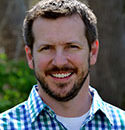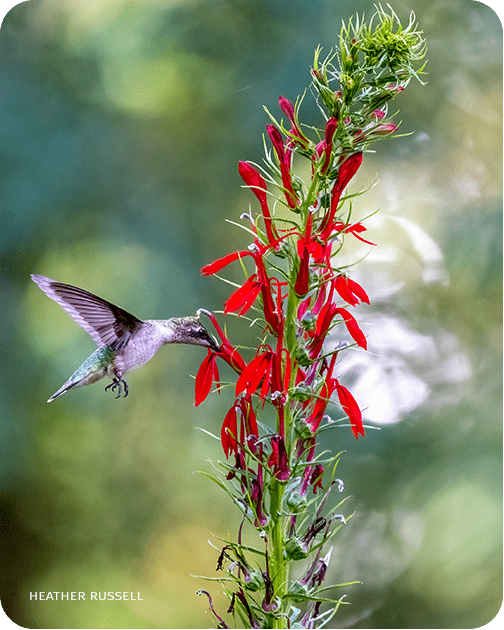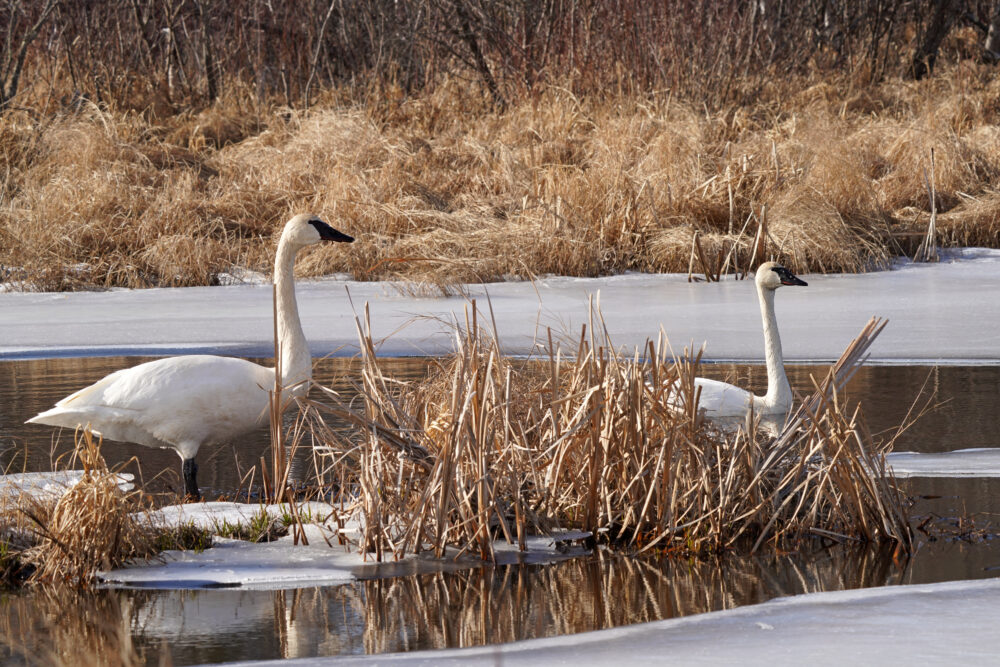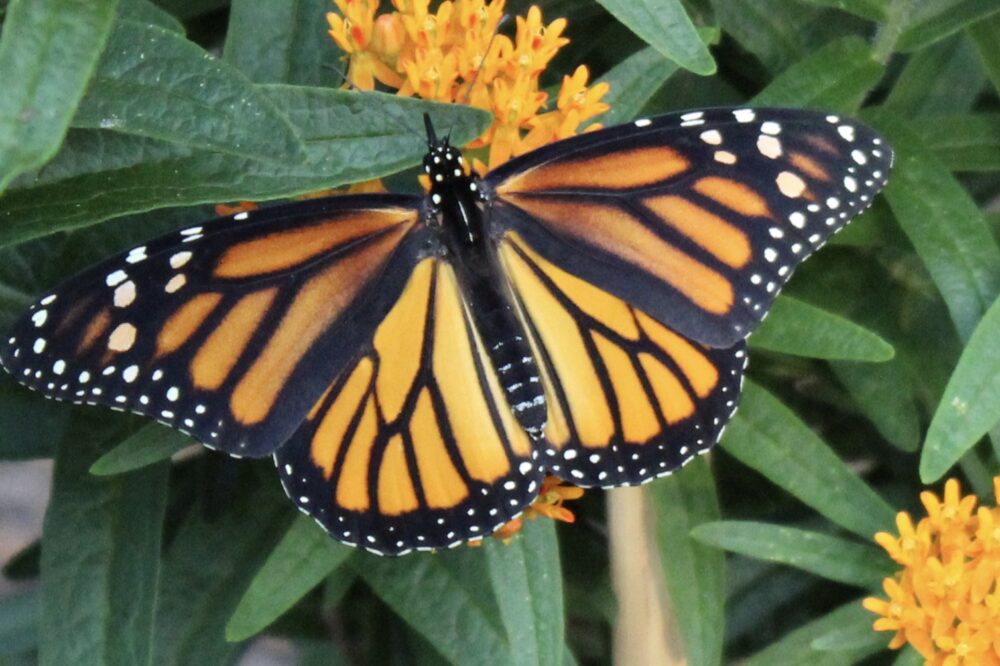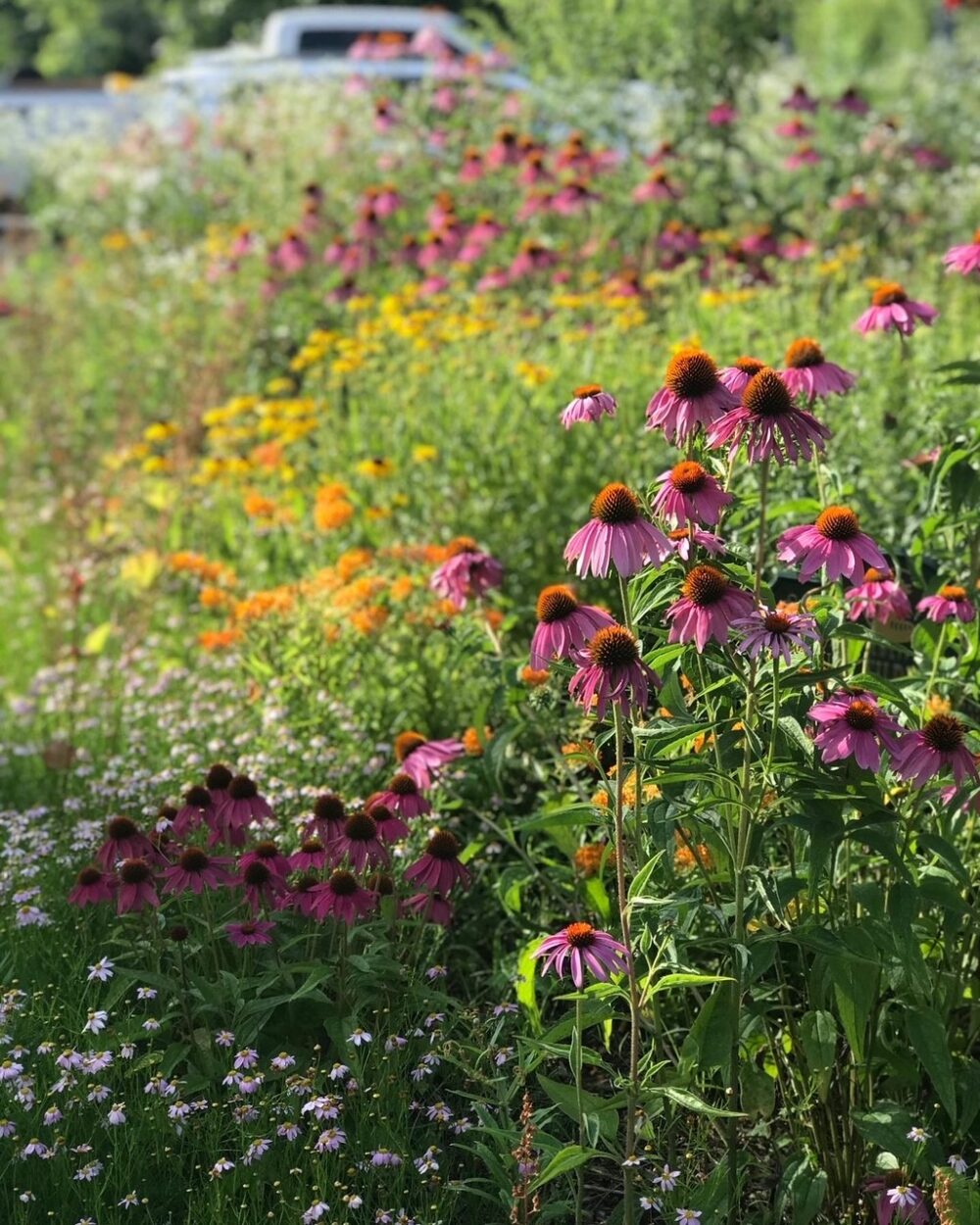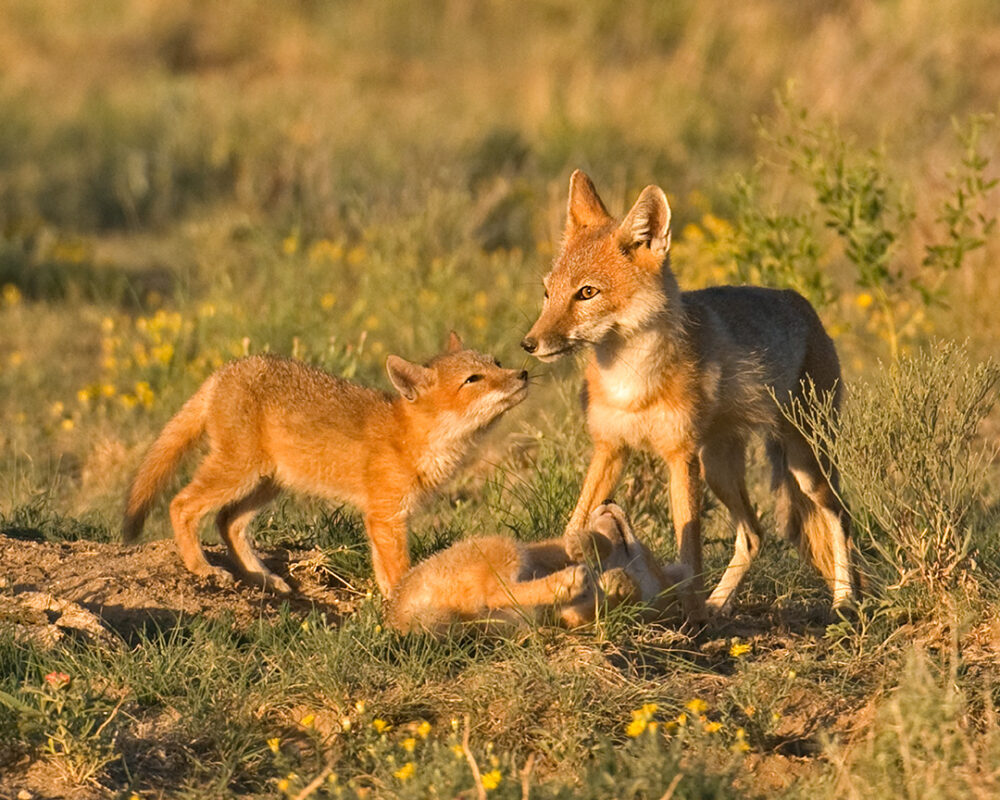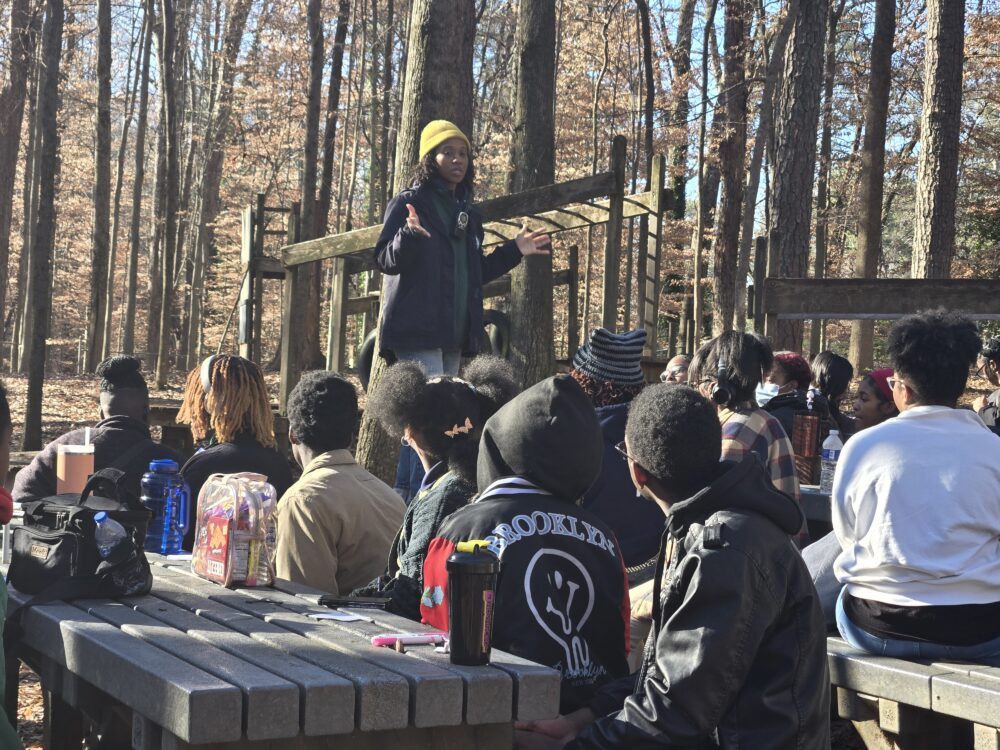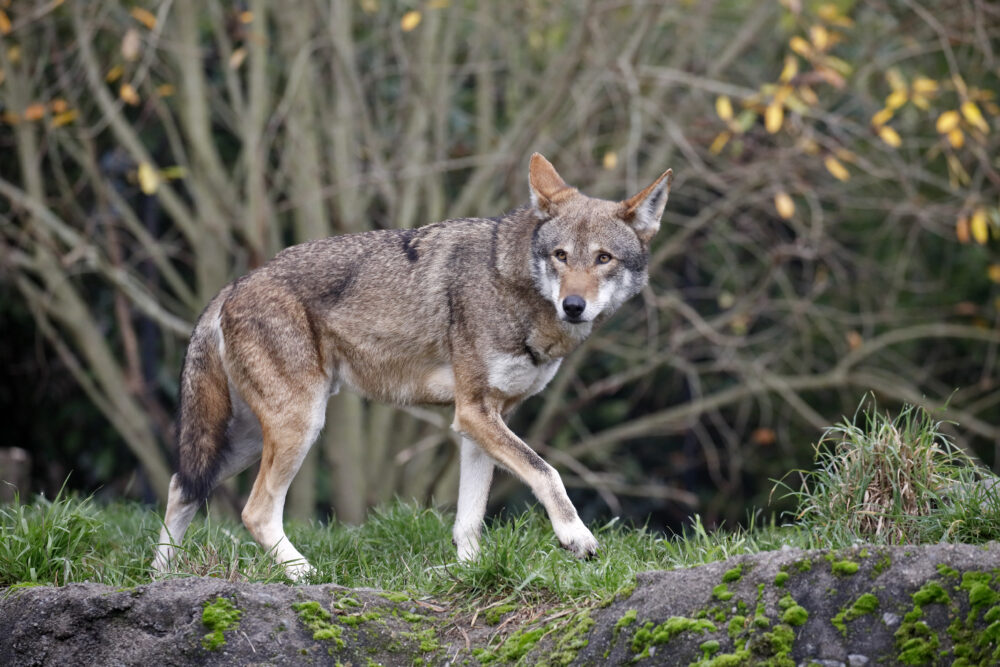We have much more to do and your continued support is needed now more than ever.
As Colorado Oil Spill Cleanup Efforts Continue, Cancer-Causing Benzene Found

U.S. Environmental Protection Agency clean-up coordinators today said the black goo leaking from the Sand Creek shoreline north of downtown Denver is “a gasoline-like material” that contains cancer-causing benzene. […]
On Wednesday, [EPA Response Manager Curtis] Kimbel said a plume migrating from Suncor Energy’s refinery and under property owned by Metro Wastewater was daylighting at the creek.
Suncor processes oil sands crude from Canada in Commerce City, producing about 93,000 barrels per day of gasoline, diesel fuel and paving-grade asphalt.
Crews continue working to keep the plume from reaching the South Platte River, which provides drinking water to several cities. An underground leak could prove difficult, if not impossible, to fully clean up. In America’s broader energy picture, it would be especially concerning since much of the proposed Keystone XL tar sands pipeline would also be underground.
So far, no major impacts on fish and wildlife have been reported. But Judith Kohler and David Ellenberger from the National Wildlife Federation Rocky Mountain Regional Center briefly visited Sand Creek yesterday and photographed a dead fish.
The spill was first reported by Trevor Tanner, a fly fisherman and FlyCarpin.com blogger. Judith interviewed him today and passed along this report:

A Sunday morning outing doing one of the things he likes best — fishing for carp on the South Platte River — turned into a lesson in environmental activism for Trevor Tanner. The angler was wading across the Platte in Commerce City, just north of Denver, when he was hit with a strong odor and then noticed a strange sheen on the water. “Basically, I was standing in the middle of it,’’ the Denver-area man said. “When I got to the far side, I could see it was coming from Sand Creek.” Right where Sand Creek meets the Platte, Tanner saw “a cloud of brown gunk circulating.’’
“It looked just like somebody had put Nestle’s chocolate in the water,’’ he recalled.
The sheen turned out to be a plume of black goo spreading from the Suncor oil refinery, one of several industrial facilities that put the “Commerce’’ into Commerce City. The U.S. Environmental Protection Agency says the “black goo’’ appears to be spreading from the Suncor property.
The Canadian company, which processes oil from tar sands at the site, has questioned reports that the oil is oozing from a broken underground pipe.
So far, Colorado wildlife officials say no die-offs of fish or other wildlife has occurred. Tanner says it was the fish’s strange behavior that first signaled something was up when he set out with his pole around 9 a.m. Sunday. About 60 carp were clustered in the water under a footbridge near the confluence of Sand Creek and the Platte.
“They were tail to tail, side to side, just sitting there. They were as far away as they could get from Sand Creek,’’ said Tanner, who thought it was strange but continued looking for a spot. Then he smelled the oil and saw the sheen. And then he called a fellow Trout Unlimited member, who have him numbers for state health officials.
Local media has recounted Tanner’s frustration with not getting what he felt was an immediate response:
Tanner said Thursday the real issue is with the system, not an individual on call on a Sunday.
“Somehow, someway the process and the system doesn’t take this seriously enough,’’ said Tanner, who works as an aerospace engineer.
He noted reports that workers in the area had complained of odors and wore respirators for several days before the seep was discovered.
“Maybe they just passed off the smell as, ‘That’s Commerce City.’ That’s not an acceptable response,’’ Tanner said. “Who knows how long this could have gone on if some weird carp fisherman hadn’t been there.’’
The South Platte is a major water supply for northeastern Colorado as well as part of an ecosystem providing habitat for Sandhill and whooping cranes, piping plovers and sturgeon in Nebraska and birds and fish along Colorado’s Front Range. The site of the spill is also part of the Sand Creek Regional Greenway, touted as “Wilderness in the City.’’
Tanner calls the area and the rest of the Platte running through the Denver area “an oasis, a stunning gem.’’
“A lot of my concern is for fish, but I see foxes, rabbits there. Turkeys live all up and down the same creek valley,’’ Tanner said. “Every morning, foxes go down and use the water for drinking. You see their prints in the snow.’’
In the summer, children swim in the Platte less than two miles from the spill site, he added.
The fisherman has learned some lessons, he said. Next time, he will stay until the first responders arrive. After he left, Tanner received a series of calls from people on the scene who said they couldn’t find the oil.
Tanner also said the experience has highlighted the importance of grassroots organizations like Trout Unlimited, the National Wildlife Federation and other conservation groups in taking the initiative and watch dogging government agencies and corporations.
“Those of us who use natural resources have to be prepared to know how to defend them.’’
Keep checking back here at NWF’s Wildlife Promise for the latest updates.

